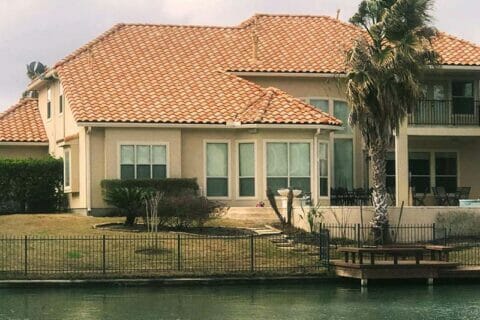Lifespan of Roof: An Essential Guide for Homeowners and Businesses
Understanding Roof Life Expectancy
Grasping the lifespan of a roof is crucial for both homeowners and businesses, as it plays a significant role in planning for future roof replacements, budgeting for repairs, and ensuring the overall durability of the structure. Whether you’re dealing with a residential shingle roof or a more complex roofing system, understanding the factors that affect your roof’s lifespan is essential. These factors include the quality of the roofing material, the skill level of the installation, the prevailing climate in your area, and the regularity of maintenance. By thoroughly understanding these elements, property owners can make well-informed decisions and take proactive steps to extend the life of their roofing system.
Popular Roofing Materials and Their Roof Lifespan
When it comes to choosing roofing materials, several options dominate the market, each offering unique benefits and lifespans. Among these, architectural asphalt shingles are the most commonly used, prized for their balance between affordability and durability. The average lifespan of an asphalt shingle roof can range from 25 to 30 years, with luxury shingles exceeding these estimates. For those seeking a longer-lasting option, standing seam metal roofs are a solid choice, boasting a lifespan of 30 to 50 years due to their resilience and energy efficiency, particularly in regions prone to snow, storm damage, or extreme weather conditions.
Tile roofs, including clay and concrete tiles, offer another durable alternative, with tile roofs often lasting between 40 to 50 years. They provide a classic look while being highly resistant to environmental stressors. Slate roofs stand out for their exceptional longevity, often enduring well over 100 years with proper care. These are typically used in historic or high-end properties where the roof’s lifespan is a critical consideration.
For those interested in environmentally friendly options, solar roofing systems are becoming increasingly popular. These roofs integrate solar panels with traditional roofing materials, contributing to energy savings and potentially extending the life of the roof itself.
Factors Influencing Roof Lifespans
The life expectancy of any roof is not solely determined by the material but is also influenced by a range of external factors. For instance, organic shingles, which were once popular, have a shorter lifespan compared to modern asphalt shingles due to their tendency to absorb water and deteriorate more quickly. Similarly, cedar shake roofs can last up to 30 years, but their lifespan can extend to 50 years if made from high-quality wood and installed in favorable climates.
The condition of your siding also plays a role in your roof’s durability. Damaged or improperly installed siding can lead to water infiltration, which, in turn, can compromise the roof structure. Moreover, the roof’s installation quality, regular inspections, and timely maintenance are critical in mitigating damage and extending the roof’s lifespan. For example, shake roofs may require more frequent maintenance to prevent moss or algae growth, which can shorten their life.
Making Informed Decisions
Selecting the right roofing material involves balancing initial costs with long-term value. Membrane roofs, often used for flat or low-slope roofs, provide a cost-effective option with a lifespan of around 20 to 30 years, depending on the material used. However, factors like local climate, the potential for storm damage, and the roof’s exposure to elements such as snow and sunlight should be considered.
Finally, when the time comes for a replacement roof, it’s vital to assess the entire roofing system, including any underlying structural issues that may affect the new roof’s performance. Whether you opt for a metal roof, tile, or asphalt shingle roof, ensuring that the installation is done correctly by a qualified professional will significantly impact the longevity and performance of your roof.
Conclusion
In conclusion, the roof lifespan varies widely depending on the materials used and how well the roof is maintained. From asphalt shingles to slate roofs, each material offers different benefits and challenges. Regular inspections, timely repairs, and informed choices regarding materials and maintenance are key to ensuring that you


